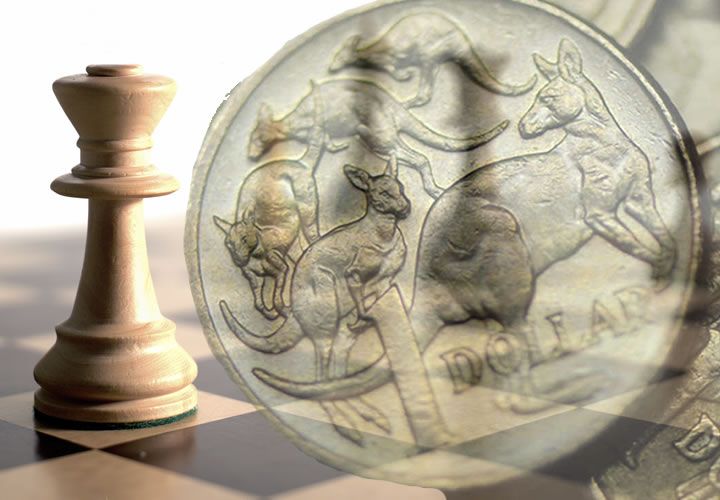Recent Data Means A Solid Aussie GDP Number Is Likely - Economists
- Written by: James Skinner

A show-stopper of a GDP number could help the Aussie extend its 2017 gain after the RBA was seen as ambivalent to the currency's strength in its August policy statement.
The Australian Dollar could see further gains going into the middle of the week, if economists are correct in their latest forecasts, which suggest the second-quarter GDP number due out Wednesday morning will be a showstopper.
Australia’s Bureau of Statistics will report the number at 02:30 am London time while the consensus forecast of economists suggests it will show the Australian economy growing at a rate of 0.8% during the three months to the end of June, up from 0.3% in the previous quarter.
But the the team at Capital Economics, a London headquartered consultancy, think the number could come in even stronger than consensus suggests.
“Data released earlier this week suggest that GDP growth in Australia than we had previously expected. In particular, we now know that net trade added around 0.3%-pts to GDP growth and government investment probably added 0.2%-pts,” says Kate Hickie, an economist at Capital Economics.
An above consensus number on Wednesday would vindicate that Reserve Bank of Australia for having sounded a brighter tone on the economy in its latest monetary policy decision Tuesday.
The central bank noted an improvement in the non-mining investment outlook, a steady labour market and a cooling of the housing market in Sydney - which had previously been a source of concern for policy makers.
It also left the cash rate unchanged for the 13th month in a row while Governor Lowe told an audience at a dinner speech after the meeting that the long run equilibrium interest rate for Australia will be lower than before, likely around 3.5%.
“We suspect the combination of subdued GDP growth, low inflation and a growing focus on financial stability will mean it keeps rates there for another two years yet,” says Paul Dales, also an economist at Capital Economics.
The RBA was also seen by some analysts greenlighting further gains for the Aussie Dollar in the latest monetary policy statement.
“Rising commodity prices, low financial market volatility and dampened expectations of monetary tightening from major central banks has resulted in an increase in demand for relative high yielders such as the Aussie,” says MUFG analyst Lee Hardman. “In comparison to the RBNZ which recently stepped up verbal intervention, the RBA does not appear as concerned by domestic currency strength.”
The Australian-Dollar-to-Pound exchange rate gained around 0.08% to 0.6150 during the London session, making for a Pound-to-Australian-Dollar rate of around 1.6255 on the interbank market.
The Australian-Dollar-to-Euro rate was up 0.57% to 0.6715 around the London close, making for a Euro to Australian Dollar rate of 1.4903.
Relative to the US Dollar, the Aussie traded 0.62% higher at 0.7992, making for a US-Dollar-to-Australian-Dollar rate of 1.2530.
The Aussie has gained close to 11% on the greenback during the year to date and has risen by more than 5% against the British Pound. It is down only 2% against the Euro.




